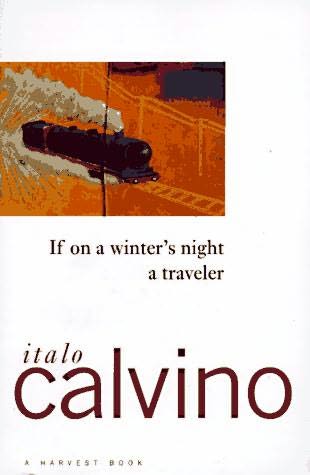The blog for SUNY Binghamton's Spring'09 COLI 214B 02 Literature and Society Class. Chapter summaries, analyses and discussion of prescribed texts written by students.
Monday, March 30, 2009
Elisabeth Jeremko
In the two biographical short stories of Monk Eastman and Hakim, I was able to be introduced to Borges's talent with language. Both stories are very concise, yet somehow, he paints a full picture of both instances. Borges gives vivid descriptions of the characters' physical attributes and of the setting. The image of Monk Eastman with his notched walking stick was so memorable. As for Hakim, describing the dizzying sun and the convulsion-causing moon stuck with me. I think one of the reasons Borges was able to span so much time and include so many instances for the biographical characters was because of his organization through subtitles. I found his subtitle headings to be just as significant as the words within them. The subtitles are witty and help describe the transition through different events, even when they span great time. I have not really read short stories like these before, where so much is included. Though not delving greatly into separate events, somehow all the little descriptions within subheadings come together to make a story. In Hakim, I saw the introduction of magical realism elements, and I found this to be really enjoyable. It made me look forward to reading more of Borges. Of the two readings, I think my favorite part was in Hakim, under the "Abominable Mirrors" section. I like when Borges writes, "The earth we inhabit is an error, an incompetent parody. Mirrors and paternity are abominable because they multiply and affirm it" (Borges, 43). I also really like how Hakim ends -- "no one was listening; he was riddled with spears" (Borges, 44). With such a short ending sentence, Borges is able to make a profound statement on religious authority, doubting its realness.
Subscribe to:
Post Comments (Atom)






No comments:
Post a Comment